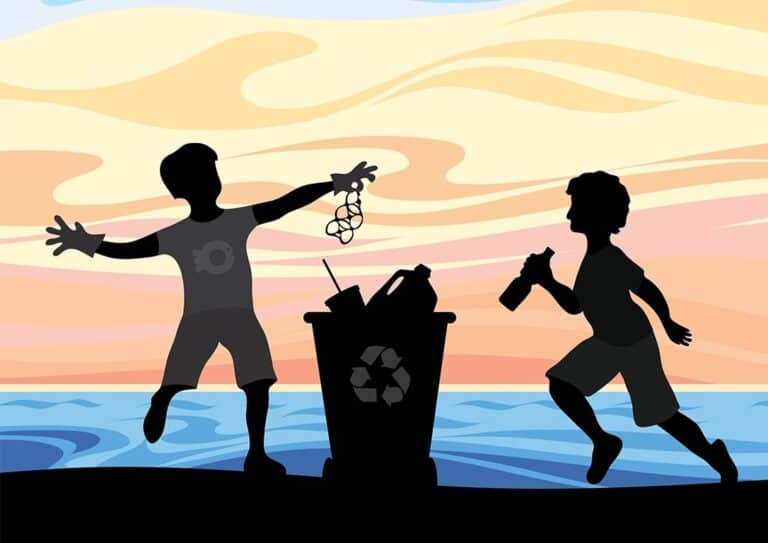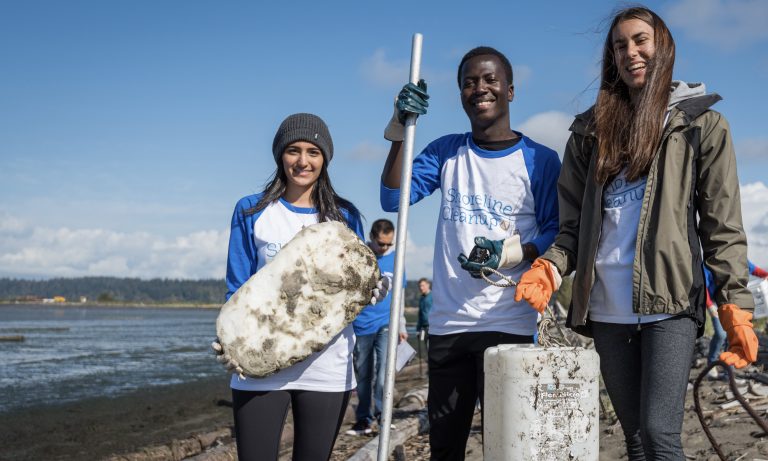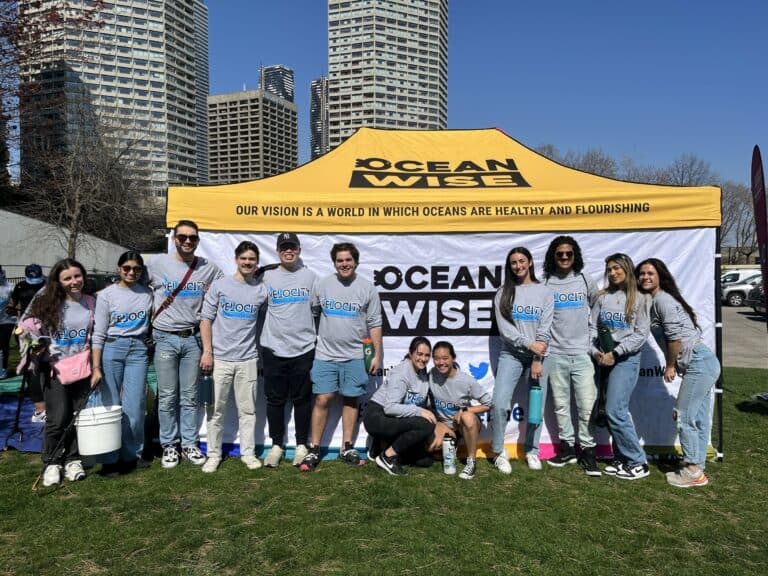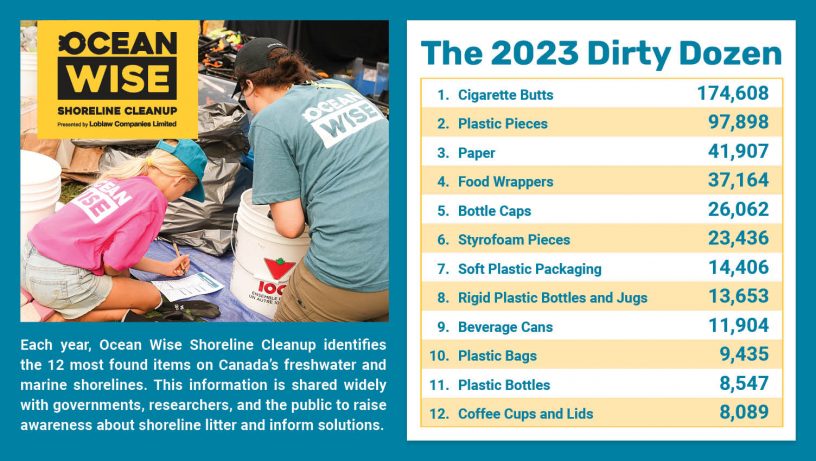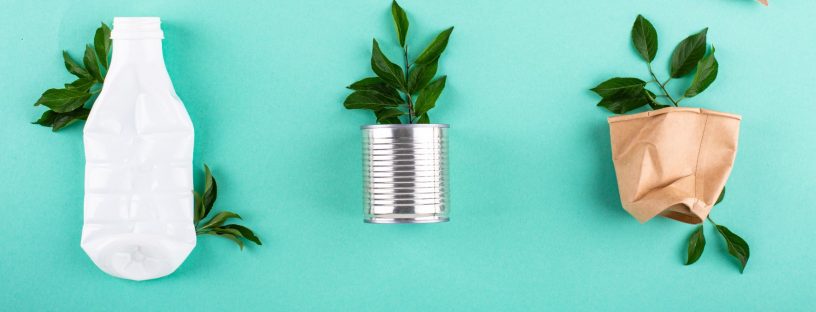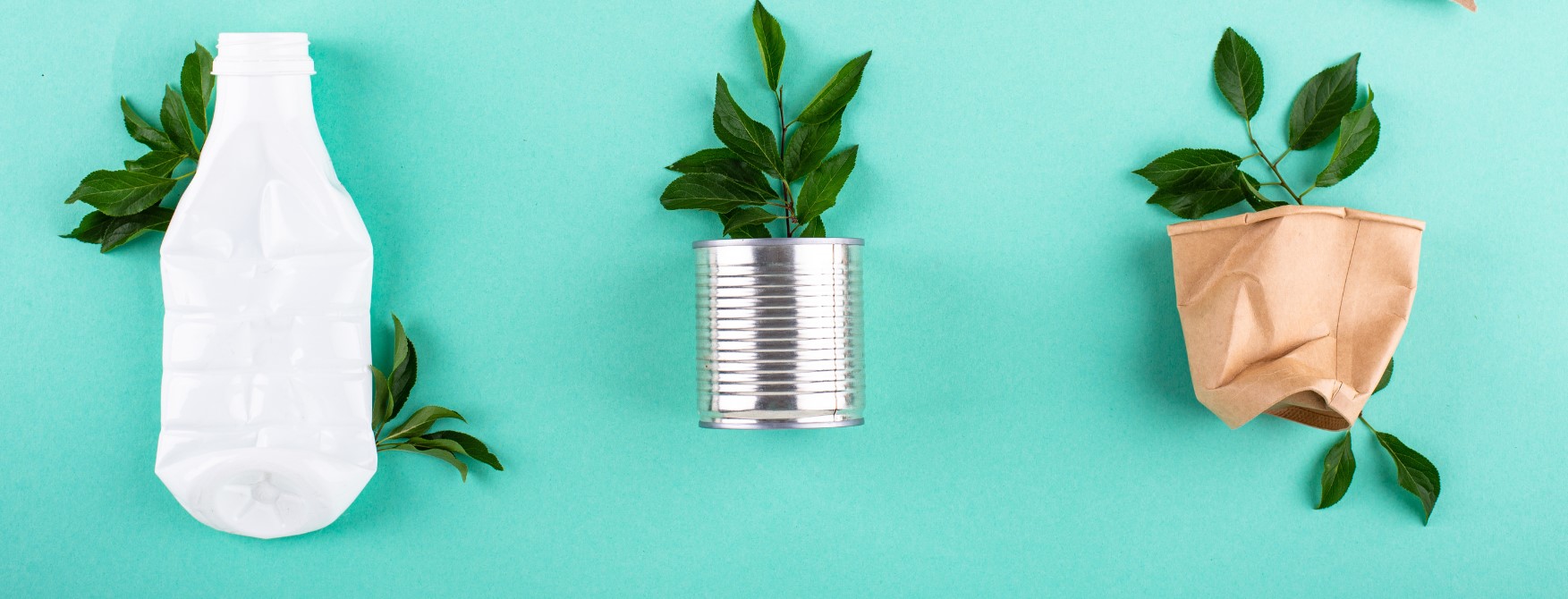
Circular Economy Month: Reuse
This Circular Economy Month, we’re digging into the old adage “Reduce, Reuse, Recycle”. If you haven’t seen it, check out our first blog post on ‘Reduce’ here!
To recap, the most effective way to reduce your household waste is to avoid it in the first place! Refuse items that aren’t necessary, so that you don’t have to dispose of them later. But of course, we do still need to buy things to support our lifestyles. Extending the lifecycle of these items is the second R of our hierarchy: Reuse.
By reusing our items as many times as possible, we avoid the linear take-make-waste system that fills our ocean and landfills with garbage.
The water bottle example
For many of us, reduce and reuse go hand in hand. In our first blog post, we used the example of a disposable plastic water bottle as an easy item to reduce, provided you have clean drinking water at home. When you’re not at home, the best solution is to bring a reusable water bottle with you. Your water bottle is more durable, keeps water a consistent temperature, and most importantly, one reusable bottle can replace thousands of wasted plastic bottles if you make the effort to remember it. There are other benefits as well – instead of paying ever-increasing prices for individual bottles, you can use one you already have and never pay for water again.
When to reuse
As a rule, when you’re thinking about making a purchase, take a moment to imagine yourself really using that item in your life. Ask yourself these questions:
Am I going to use this item regularly, or is this a disposable item?
Do I already have something at home that will fill my need?
You don’t have to go out and buy a new flat of decorative mason jars to organize your cabinets – and in fact, we encourage you not to! Reusing an old food container that you already have, whether it’s plastic, metal or glass, is more environmentally friendly and also convenient. It’s already in your home, it doesn’t cost you anything, and you don’t have to dispose of the packaging that comes with buying something new. Sustainable living doesn’t have to be expensive. Luckily for us, thrift stores, lending libraries, online resale and buy-nothing groups are thriving and easier than ever to access. By purchasing items with a history, you are giving them a much longer life before they are disposed.
So now that you’ve reduced unnecessary items and are finding new ways to reuse what you have – what happens when you can’t reuse that item anymore and finally need to dispose of it? It’s time to investigate our third R – recycling. Stay tuned as we dive into the often complex world of recycling.
For more tips on ways to reuse and repurpose items in your life, check out our Plastic Tips.
Posted October 11, 2024 by Cayley Elcombe

